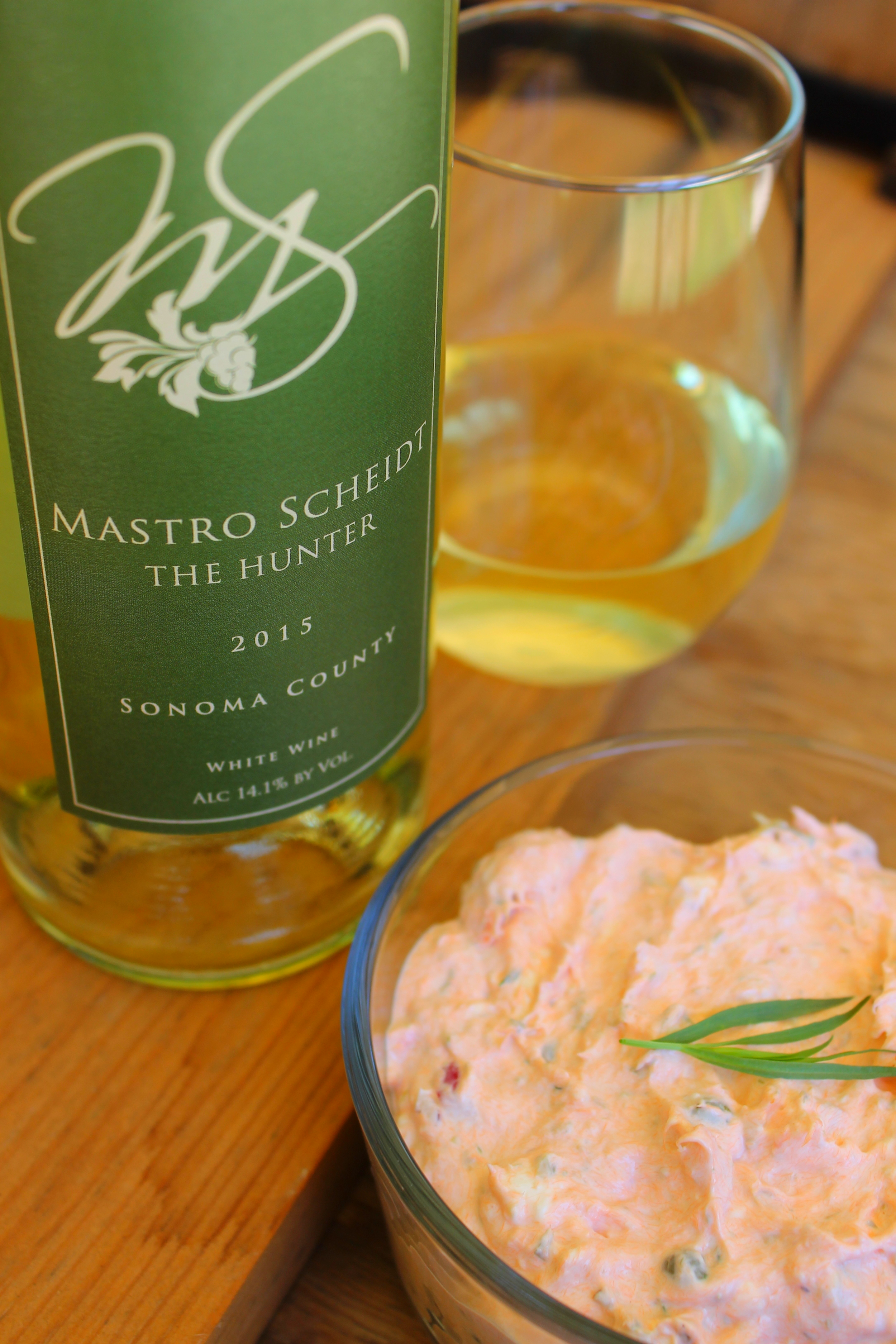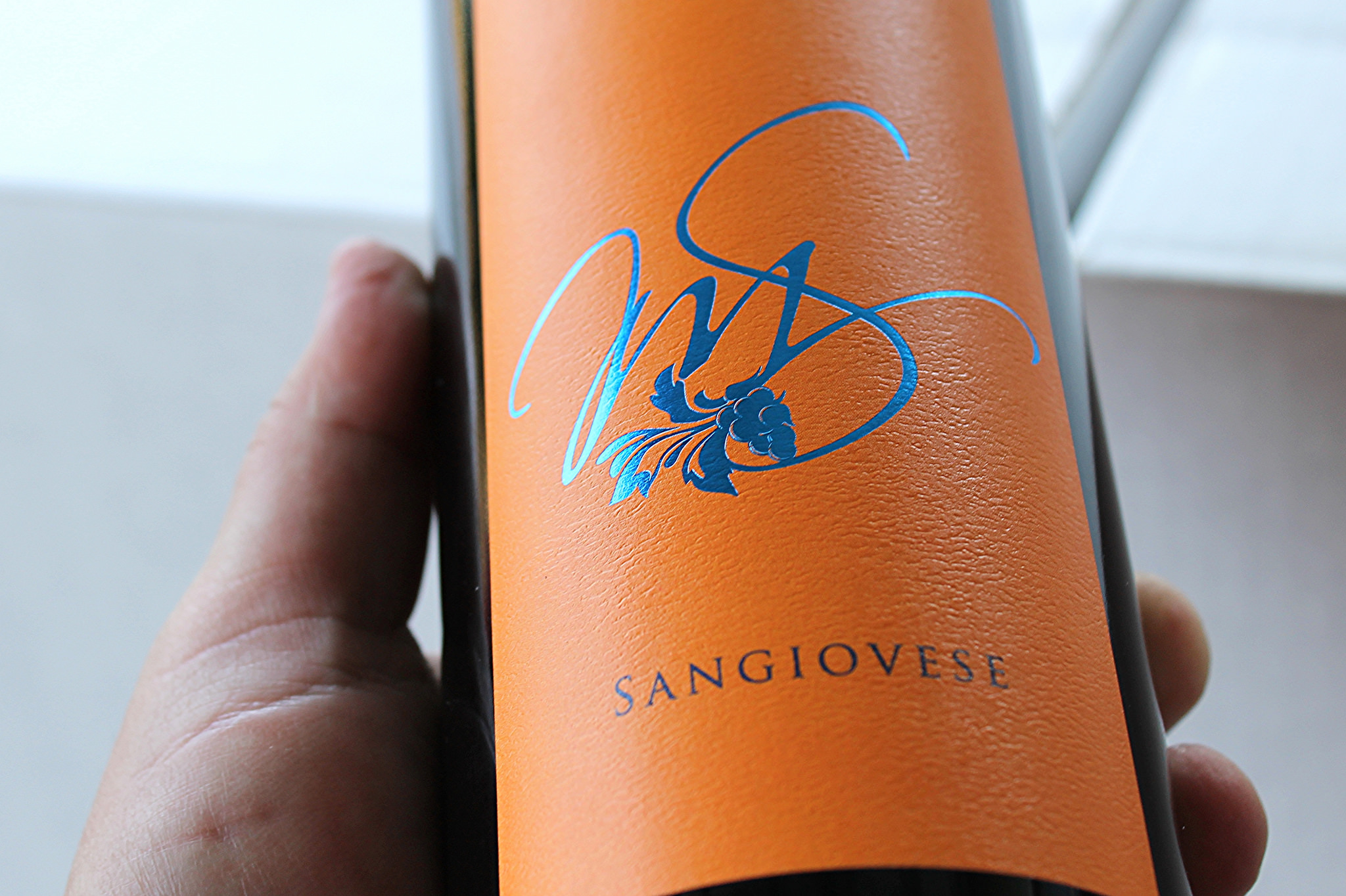Keeping with the spirit of using Italian centered products, no Worchester, Tabasco, or Dijon mustard, in what would be American or French versions of a tartare. I could add peperoncino as that is a Southern Italian staple. Italians would use capers in normally cooking, but I didn't have access to those.
It is important to hand-cut your filet. No grinding. Hand cutting thin cubes of beef is a little painstaking, but worth the extra effort. Hand cutting allows for additional texture. Besides, I wouldn't use ground beef to make tartare in the United States. I would only use whole muscle (filet, sirloin) as I don't know the origin of the ground beef.
Toast points are necessary for texture and the ability to actually "chew" the tartare. What's to chew if you only have scoops of tartare? Nothing. Like caviar or foie gras, toast points or a cracker is helpful to spread the flavor of this luxury item on your tastebuds. Salt-topped focaccia was used for my in-house preparation.
Ingredient list:
- Red onion
- Lemon Juice
- Green Olive
- Fresh Oregano
- Olive oil
- Black Pepper
- Salt
- Chicken Egg Yolk
All of these ingredients are common in Italian cooking. No exotics. Nothing I couldn't get locally or in the winter season.
Use scant portions of red onion, green olive, black pepper, oregano and lemon juice. Where I go heavy is the olive oil, salt, and the chicken egg yolk (many a tartare use quail egg). So in other words, incorporate fat into a dish that doesn't have much fat if you're using Filetto di Manzo aka American Filet.
The results, in my opinion, are superior when one incorporates just a few scant items to the base of filet. The flavors are more mouth filling, continuous, and complimentary to the raw beef without overwhelming it.
With a little effort, expanding the list of Italian ingredients, would be beneficial and fun, but staying with the concept that the beef is the main ingredient and each of the other ingredients are playing supporting roles to enhance, but not take over. Versions of the Italian beef tartare theme, using a wider scope of Italian ingredients:
- Marinated Porcini, not raw
- Truffles
- Capers
- Mustarda variations (think horseradish flavors)
- Balsamic Vinegar, high quality not industrial, adding an umami depth
- Toasted Pine or hazelnuts, Michael Mina has used pine nuts and pears for years in his famous ahi tartare
- Parmigiano, Microplane grated would add umami.
- Peperoncino, for a Southern Italian accent and heat kick
- Walnut oil as a substitute for olive oil
- Other herbs, such as chives, chervil, parsley
- More complicated reductions, infusions or essence of an ingredient, such as Bay Leaf or Sage or Parmigiano.
There was finally some redemption for the Italians on my last night in Lucca and second to last night in Italy. Punto, recognized earlier by me for superior culinary thinking, amazed again with their version of beef tartare.













































































